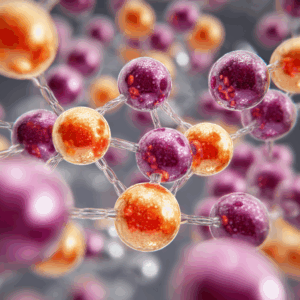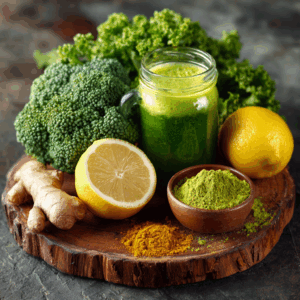Breathe to Heal: How Nutrition and Lifestyle Can Save Your Lungs
Introduction: The Forgotten Organ That Keeps You Alive
The introduction reveals how the lungs, often taken for granted, are central to every aspect of health and vitality. It explains how modern lifestyles—filled with pollution, stress, and poor breathing habits—can silently weaken this essential organ. By reconnecting with the power of breath, readers learn that healing and balance begin with something as simple as breathing deeply and consciously.
The Miracle of Breathing
Chapter 1 explores the miracle of breathing — a process so automatic we rarely notice its profound power to heal and restore. It explains how each breath fuels the body, calms the mind, and balances the nervous system. Through awareness and simple breathing practices, readers discover how conscious breath can reduce stress, improve oxygen flow, and awaken the body’s natural capacity for renewal.
Why Lung Disease Is Rising Worldwide
Chapter 2 explains how the respiratory system functions as a finely tuned network that powers every organ and cell. It highlights the lungs’ intricate design—where millions of alveoli exchange oxygen and carbon dioxide—and how inflammation, toxins, or poor posture can disrupt this delicate balance. By understanding how the system works, readers gain the insight needed to protect, strengthen, and optimize their breathing for long-term health.
How Chronic Inflammation Damages the Lungs
Chapter 3 explores how inflammation acts as the hidden enemy of lung health, silently damaging airways and reducing oxygen flow. It explains how chronic inflammation, triggered by pollution, poor diet, infections, or stress, can lead to lasting respiratory problems. Readers learn how anti-inflammatory nutrition, rest, and mindful breathing can calm this internal fire and restore the lungs’ natural healing rhythm.
Lung-Healing Diet – Foods That Help You Breathe Better
Chapter 4 focuses on how the foods we eat directly influence our ability to breathe, heal, and thrive. It highlights nutrient-rich, anti-inflammatory foods—such as leafy greens, berries, garlic, and omega-3s—that protect and repair lung tissue. Readers discover how balanced nutrition not only supports the immune system but also fuels the body’s natural detox processes, helping every breath become cleaner and more efficient.
How Plant Compounds Protect and Repair Lung Tissue
Chapter 5 explores the power of phytonutrients—plant-based compounds that act as nature’s medicine for the lungs. It explains how antioxidants like quercetin, curcumin, and resveratrol reduce oxidative stress, strengthen immunity, and protect delicate lung tissue. Readers learn how incorporating colorful fruits, vegetables, herbs, and spices into their diet can naturally enhance respiratory health and overall vitality.
Oxygen on a Cellular Level
Chapter 6 delves into the vital relationship between oxygen and cellular energy, showing how every breath fuels life at the microscopic level. It explains how mitochondria use oxygen to create energy and how poor breathing, pollution, or inflammation can disrupt this process. Readers learn practical ways to boost oxygen efficiency through movement, nutrition, and mindful breathing, enhancing both energy and overall lung performance.
Detox Foods and Natural Defenses
Chapter 7 focuses on the body’s natural detoxification systems and how they protect the lungs from toxins and pollutants. It explains how the liver, kidneys, skin, and respiratory tract work together to clear waste and maintain balance. Readers discover how hydration, antioxidant-rich foods, and clean air habits can enhance the body’s detox cycle, helping the lungs stay clear, resilient, and efficient.








